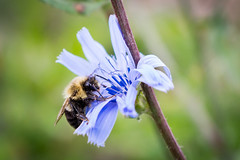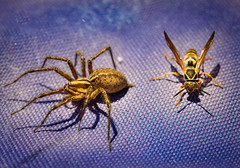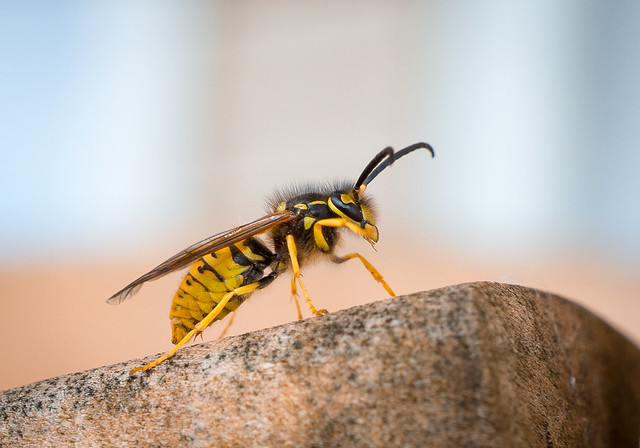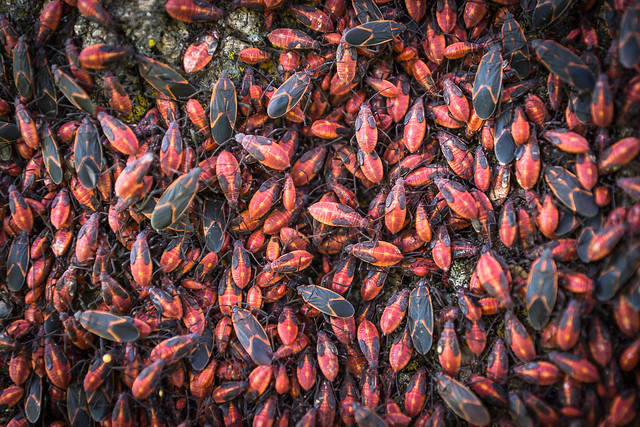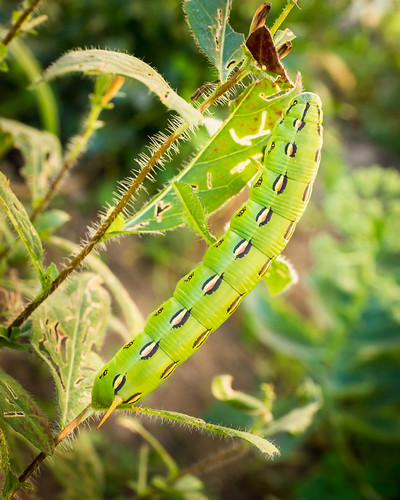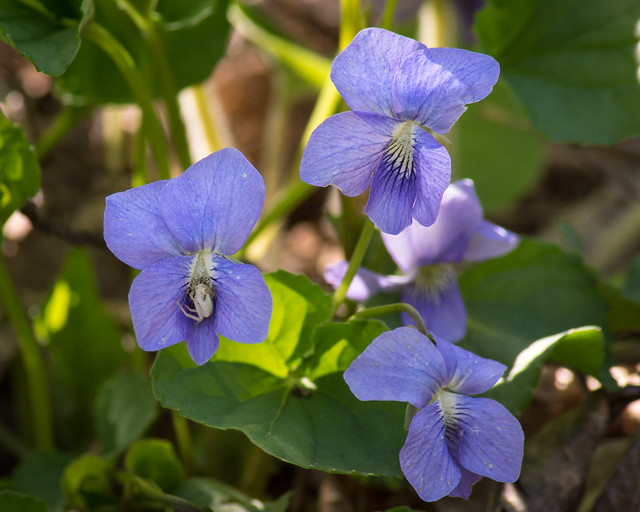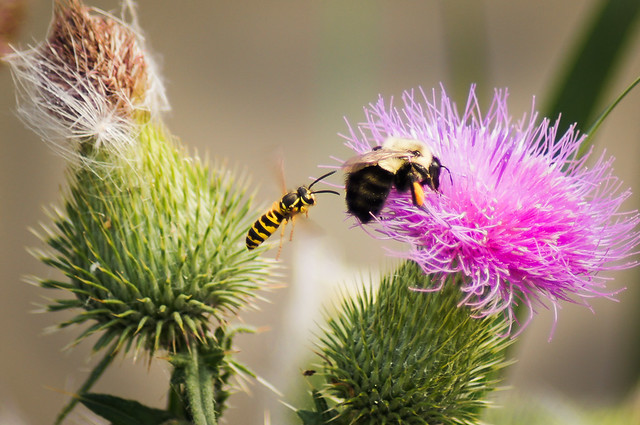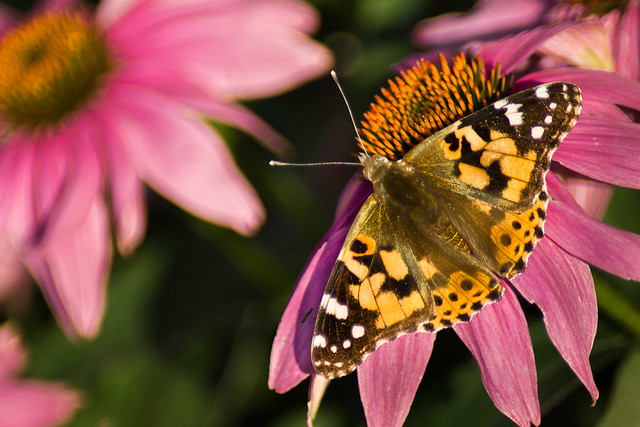Bug
Look of Defiance
Thick as Thieves
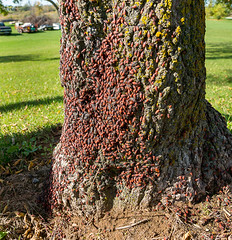 This seems to be an early autumn convention of Boxelder bugs. They’ve congregated at the bottom of a tree.
This seems to be an early autumn convention of Boxelder bugs. They’ve congregated at the bottom of a tree.
When it begins to cool down in Wisconsin, these bugs may form large aggregations while sunning themselves in areas near their host plant – usually maple or ash trees. I’ve also seen them gather in other odd places…the corner of a building, around a door way, etc.
They are harmless to humans but considered nuisance pests. When the temperatures begin to cool in the fall, they sometimes invade houses and other man-made structures seeking warmth or a place to overwinter.
People often mistaken them with insects known as Stink Bugs – a different species. However, boxelder bugs will release a pungent and bad-tasting compound upon being disturbed to discourage predation; this allows them to form conspicuous gatherings without being preyed on.
To get a better view, click on the top photo and a larger image will open in a new browser tab.
Chicory Bee
Right at Home
Wild and Woolly
This is one hungry, little dust-mop! Look at how much of that leaf it’s already consumed. It is a Milkweed Tussock Caterpillar.
When I took this picture, I didn’t notice the interesting, synchronized curl to those orange and white tufts of hair. It just looked like your run-of-the-mill fuzzy caterpillar. Enlarging the image, often reveals surprising aspects of the insect world.
By the way, the head is that shiny black part on the edge of the leaf, mostly covered by hair. (He needs to trim his bangs.)
This was actually in a very difficult spot to photograph due to other vegetation being in the way. To try and get a better shot, I slowly, gently bent the leaf he was on. They must not have sticky feet because, at the slightest angel, it immediately slid off the leaf and into the dense weeds below…never to be seen again.
To really see the detail of this creature, click on the photo and a larger version will open in a new browser tab.
Hummingbird Moth Caterpillar
This monster caterpillar was found decimating the primrose patch in our flowerbed. It is a Hummingbird Moth Caterpillar.
This bad boy, complete with dangerious looking spike on his tail, was about 4-inches long.
It took a bit of research online by my wife, Sara, to identify this particular species. The hummingbird moth is a large moth that is often mistaken for hummingbirds because they are about the same size and flit from flower to flower like hummingbirds.
To view a larger version of this image, click on the photo.
House Wren Spider Snack
Tiny Surprise
Danger lurks here! When I took this photo on a walk through the woods, I saw only a nice collection of wild violets. It wasn’t until I viewed this image on my computer that I noticed the tiny crab spider hiding in the bloom on the left.
Crab spiders don’t make webs. They hide, often in flowers, waiting for unsuspecting insects to be drawn by the flower’s nectar or pollen.
I’ve posted photos of crab spiders before – even with a short video of one trying grab lunch – that can be viewed HERE.
To view a larger image of this photo, click on it.
Blind Side Attack
While working over a purple thistle, this bumble bee was attacked from behind by another competitor. The skirmish was short and seemed pretty insignificant. After bouncing off the backside of the busy bee, the aggressor simply flew away. I’m guessing, it flew off to look for someone more its own size to pick on.
To view more of the detail in a larger version, simply click on the image.






